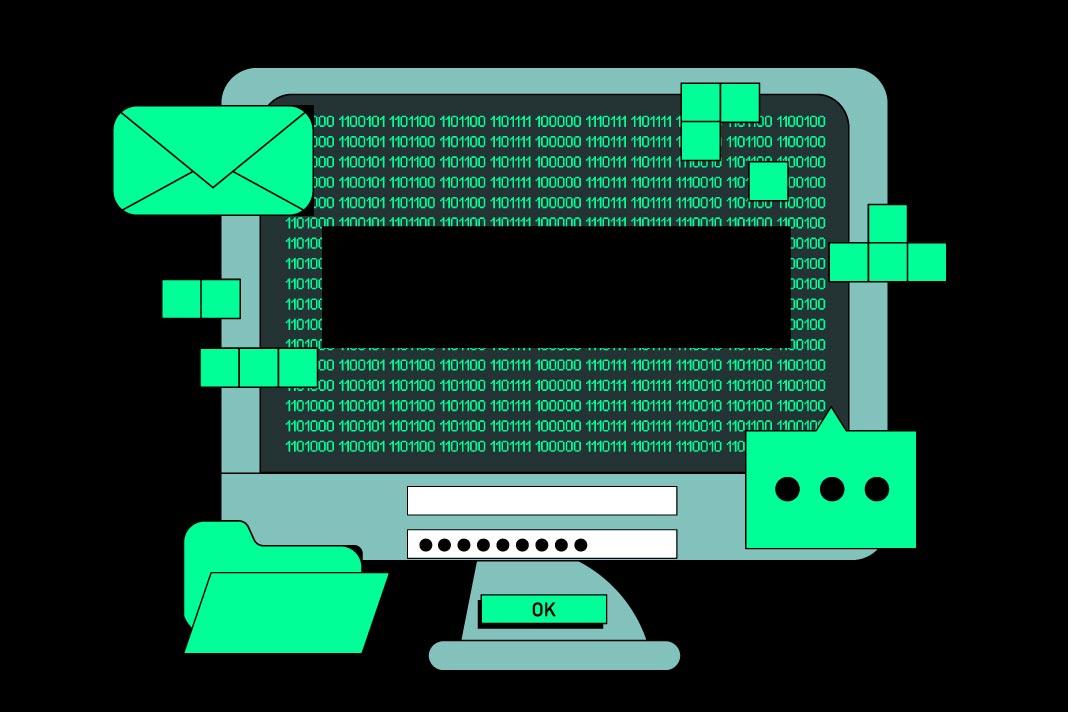Results of the Veeam 2024 Ransomware Trends Report found that cyberattacks impact organizations and have a negative human impact, as 45% of individuals cite increased workloads and 40% experience heightened stress levels post-attack.
Ransomware remains an ongoing threat for organizations and is the largest single cause of IT outages and downtime, as 41% of data is compromised during a cyberattack, according to the latest Veeam 2024 Ransomware Trends Report. The report reveals that only 57% of the compromised data will be recovered, leaving organizations vulnerable to substantial data loss and negative business impact.
“Ransomware is endemic, impacting 3 out of 4 organizations in 2023. AI is now enabling the creation of smarter, more advanced security. Still, it’s also facilitating growth in the volume of sophistication of attacks,” said Dave Russell, Senior Vice President, Head of Strategy at Veeam. “Our report delivers a clear message: ransomware attacks will continue, be more severe than predicted, and the overall impact will cost organizations more than they expect. Organizations must take action to ensure cyber resiliency and acknowledge that rapid, clean recovery matters most. By aligning teams and bolstering cybersecurity with immutable backups, they can protect their valuable business data while Veeam keeps their business running and secure.”
The third annual Veeam 2024 Ransomware Trends Report draws insights from vetted organizations that experienced at least one successful cyberattack in the preceding 12 months. With 1,200 responses analyzed, comprising executives, information security professionals, and backup administrators, the report provides a comprehensive overview of the evolving threat landscape.
The toll on the organization’s people
Cyber-attacks naturally affect an organization’s financial stability, but their toll on teams and individuals is just as significant. When a cyberattack strikes, 45% of respondents reported heightened pressure on IT and security teams. Additionally, 26% experienced a loss of productivity, while 25% encountered disruptions to internal or customer-related services.
The report shows that the human impact of cyberattacks cannot be overstated. 45% of surveyed individuals cited increased workload post-attack, while 40% reported heightened stress levels and other personal challenges that are difficult to mitigate on ‘normal’ days. These challenges and existing organizational struggles further underscore the importance of effective cyber defense strategies.
Organizations are misaligned for preparedness
Despite the increased focus on cyber-preparedness, organizations still face a misalignment between their backup and cyber teams. Nearly two-thirds (63%) of organizations find their backup and cyber teams lacking synchronization for the third consecutive year. Adding to the misalignment challenges in organizations, 61% of security professionals and 75% of backup admins believe that the teams need either ‘significant improvement’ or a complete system overhaul.
Paying the ransom does not ensure recoverability
For the third year in a row, the majority (81%) of organizations surveyed paid the ransom to end an attack and recover data. One in three organizations that paid the ransom still could not recover even after paying. Also, for the third year in a row, more organizations ‘paid, but could not recover’ than those organizations that ‘recovered without paying.’
Unveiling the true financial impact
Contrary to the belief that having cyber insurance increases the likelihood of ransom payments, Veeam’s research indicates otherwise. Despite only a minority of organizations possessing a policy to pay, 81% opted. Interestingly, 65% paid with insurance; another 21% had insurance but chose to pay without making a claim. This implies that in 2023, 86% of organizations had insurance coverage that could have been utilized for a cyber event.
The ransoms paid average only 32% of an organization’s overall financial impact post-attack. Moreover, cyber insurance will not cover the total costs associated with an attack. Only 62% of the overall impact is reclaimable through insurance or other means, with everything else going against the organization’s bottom-dollar budget.
Also Read: Sudhakar Ramakrishna on Innovation, Adaptation, and Future Vision
Relying on a “good backup”
The most common component of a cyber preparedness playbook is a “good backup.” While cyber and backup teams may not always be organizationally aligned, when asked about the existence of an incident response team (IRT) and whether that team had a playbook, a mere 2% of organizations lacked a pre-identified team. Additionally, only 3% had teams but without a playbook in place. Other key findings from the Veeam 2024 Ransomware Trends Report include:
- Cloud and on-premises data are just as easily attackable: Surprisingly, there was no significant variation between how much data was affected within the data center vs. data within remote offices/branch offices or even on data hosted in a public or private cloud. Meaning that all IT infrastructure is just as seamlessly available to the attacker as it is easily accessible to the users.
- Most organizations risk reintroducing infections: Alarmingly, almost two-thirds (63%) of organizations are at risk of reintroducing infections while recovering from ransomware attacks or significant IT disasters. Pressured to restore IT operations quickly and influenced by executives, many organizations skip vital steps, such as rescanning data in quarantine, causing the likelihood of IT teams to restore infected data or malware inadvertently.
- Organizations must ensure recoverable data: Respondents of prior cyberattacks now recognize the importance of immutability as a lesson learned.’ Seventy percent of organizations now utilize on-premises disks that can be hardened, and 85% are utilizing cloud storage with immutability capabilities. Half of their backup storage is immutable, highlighting good improvements but with more work.



